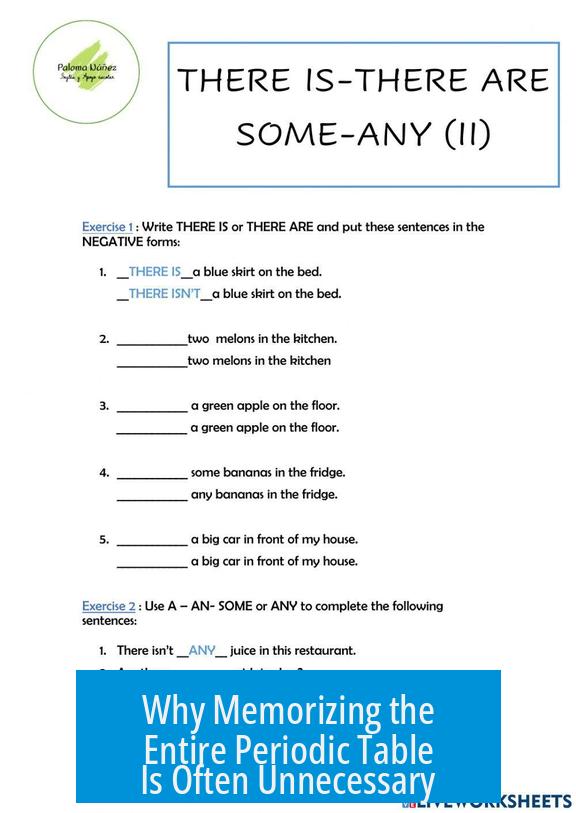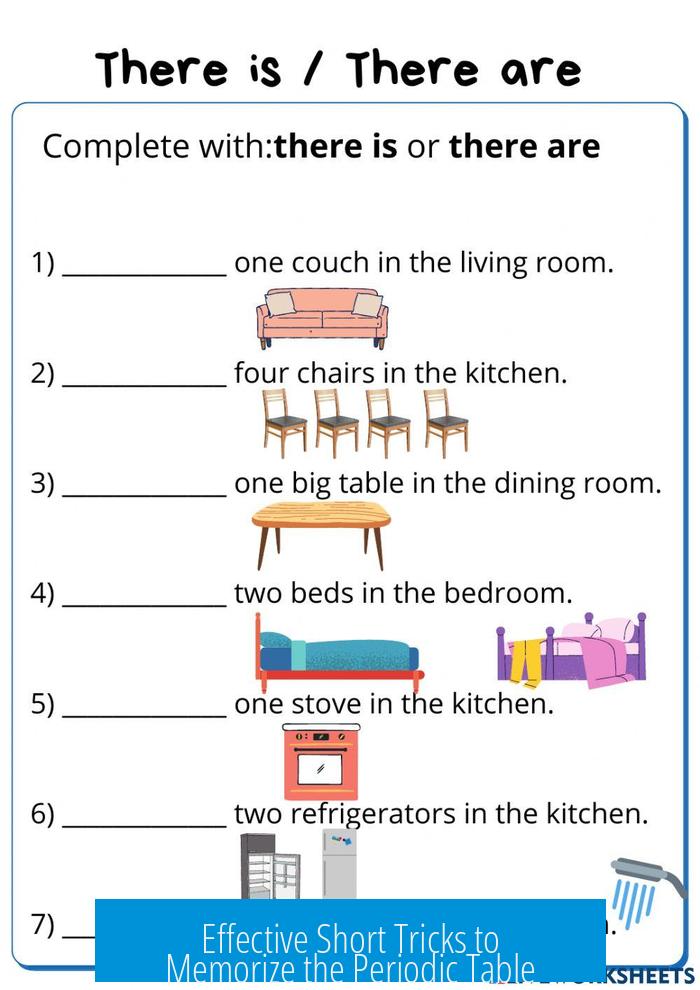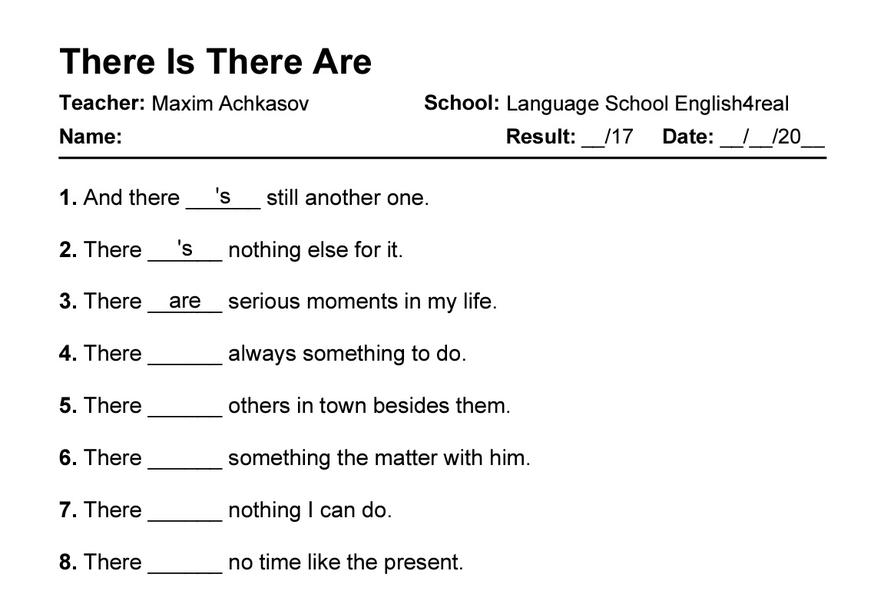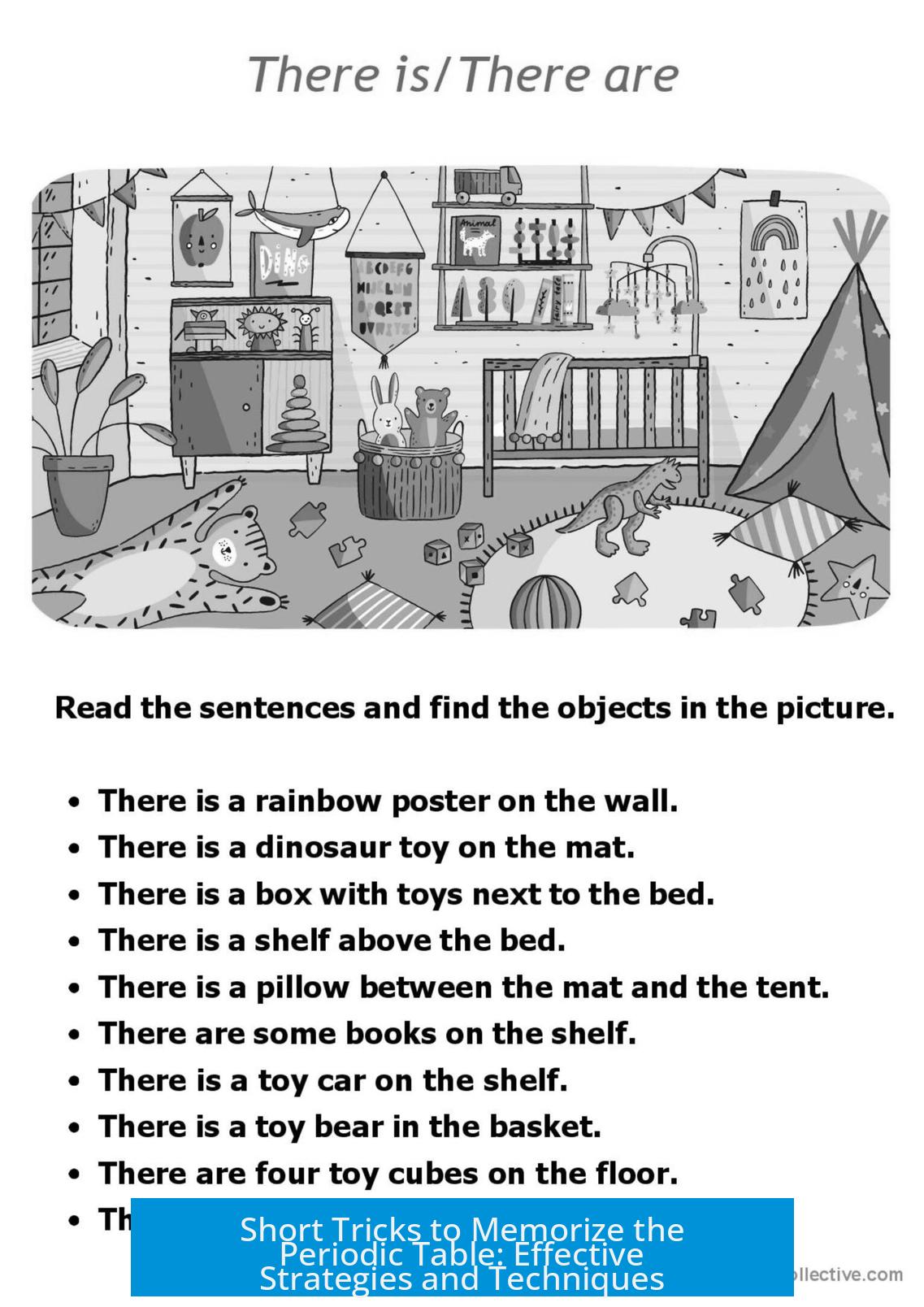Is There Any Short Trick to Remember the Periodic Table?

Yes, several short tricks and strategies can help memorize the periodic table, but it’s important to know that the table mainly serves as a reference, and rote memorization isn’t always necessary. Many students find it easier to recall element groups or key rows rather than the entire table at once. Common techniques include mnemonics, repetition, songs, and visual grouping. These methods leverage the brain’s knack for patterns and chunking and make recalling elements easier during studies or exams.
Why Memorizing the Entire Periodic Table Is Often Unnecessary

The periodic table is designed as a reference tool, allowing quick lookup of element properties and placement. Many chemistry educators suggest focusing on understanding its structure and using it actively rather than committing it fully to memory.
- Memorizing all elements is rarely required for coursework.
- Familiarity comes naturally with study and repeated use.
- Most tasks need only the first few rows or specific groups.
Effective Short Tricks to Memorize the Periodic Table

1. Mnemonics and Word Tricks
Mnemonics are popular memory aids. They turn element groups into catchy phrases or nonsense words representing elements in order by atomic number. Grouping 3 to 5 elements fits the brain’s natural recall span.

- Example for Alkali Metals (Group 1): “Hli nak rub sus fr” represents H, Li, Na, K, Rb, Cs, Fr.
- Alkaline Earth Metals (Group 2): “Bemge ka sir bara” represents Be, Mg, Ca, Sr, Ba, Ra.
- Others: “Bal gain till” for B, Al, Ga, In, Tl; “Si gessen pub” for C, Si, Ge, Sn, Pb.
Creating personalized mnemonic phrases or initials engages memory better than trying to recall isolated symbols.
2. Writing and Repetition
Repeatedly filling in blank periodic tables by hand cements element positions and symbols. Printing blank tables and attempting to fill multiple copies increases active recall and confidence.
- Draw the table in order and color-code element groups.
- Write element names, symbols, and atomic numbers.
- Try reproducing the table from memory during timed exercises.
3. Memorization Through Songs and Rhymes
Musical aids accelerate memorization by embedding elements into rhythms and rhymes. Videos and songs created by educators and entertainers cater to auditory learners.
- ASAPScience periodic table song is highly popular.
- Tom Lehrer’s “The Elements” song combines chemistry with humor.
- Custom songs based on modern tunes help recall order.
4. Visual Grouping and Color Coding
Segmenting the table into families or blocks simplifies memorization. Visual learners benefit from color-coding groups like alkali metals, halogens, noble gases, and transition metals.
- Focus first on groups 1 and 2, then the transition metals, then groups 13 to 18.
- Use colored highlighters or markers to distinguish element blocks.
- Associate element clusters with their properties and common uses.
5. Interactive and Online Tools
Online quizzes and apps transform memorization into interactive learning. These digital platforms provide instant feedback and spaced repetition.
- Sporcle elements quiz trains recall through timed tests.
- Periodic table “speedrun” games challenge users to fill in elements quickly.
- Apps like Atomas target the first 20 elements with game mechanics.
- Anki flashcards and image occlusion tools support personalized study routines.
Learning Philosophy: Focus on Understanding Over Pure Memorization
Rather than memorizing blindly, understanding element properties, behaviors, and group trends aids long-term retention. Learning chemistry concepts naturally teaches the periodic table.
- Know element groups by properties, valence electrons, and trends.
- Memorize atomic numbers for the first 20 to 36 elements, enough for most basic chemistry.
- Practice recalling elements within the context of chemical reactions and periodic trends.
- Apply memory aids to meaningful study sessions rather than isolated drills.
Summary of Effective Approaches
| Method | Description | Uses |
|---|---|---|
| Mnemonics | Memorable phrases represent element order | Group memorization, recall during exams |
| Repetition & Writing | Filling and drawing tables repeatedly | Reinforces recall, situational practice |
| Songs & Rhymes | Embedding elements in music or rhyme | Aids auditory learners, fun way to memorize |
| Visual Grouping | Color-coded groups and block learning | Enhances visual memory, groups elements |
| Interactive Tools | Digital quizzes and apps with feedback | Self-paced learning, gamified practice |
Key Takeaways
- The periodic table is meant as a reference, not pure memorization.
- Mnemonic phrases transform groups of elements into memorable words.
- Repetition through writing and drawing strengthens memory.
- Songs help embed element order using rhythm and rhyme.
- Color coding and grouping match how the brain naturally chunks data.
- Online quizzes and flashcards offer effective interactive practice.
- Focus on understanding element properties alongside memorization.
Is There Any Short Trick to Remember the Periodic Table?
Short answer: There isn’t really a magic one-step trick that instantly makes you ace the entire periodic table, but there are clever, practical methods and mnemonics that make learning and remembering it much easier. In fact, many experts say memorizing the whole table is unnecessary; understanding its structure and properties serves you better in most cases.
Now, let’s dive into why this is true and explore some fun and handy ways to make the periodic table less intimidating!
The Purpose of the Periodic Table: More Reference Than Rote
First off, the periodic table exists as a tool, not a memory test. It’s designed for chemists to look up and quickly reference elements, their atomic numbers, groups, and properties.
Many chemistry teachers and scholars argue that memorizing the entire table is pointless because you rarely need to recall every element by heart. The point is to know how to use it, not how to parrot it.
In fact, a seasoned chemistry teacher once confessed, “I’ve never understood the point of memorizing the periodic table.” This is a bold but practical view!
Instead, focus on understanding element groups, their common traits, and categories. This understanding naturally leads you to “remember” key parts as you study and apply chemistry.
But What If You Need to Memorize It Anyway?
Maybe exams or quizzes demand you get the first few rows down cold. Or perhaps you want to impress friends at trivia night. Here’s where shortcuts and smart study strategies come in handy.
Writing, Repetition, and Visual Memory
One reliable, old-school trick is the power of repetition. Students report that printing out blank periodic tables and filling them in repeatedly helps. By the fifth attempt, they “don’t even need to check.”
Writing by hand activates muscle memory. Additionally, drawing the table and color-coding groups—alkali metals, transition metals, noble gases—makes the layout stick visually. Think of this as a mental map that your brain refers back to effortlessly.
Some students dedicate a notebook to each element, illustrating it with colors matching its group and adding facts. While this sounds time-consuming, it allows learning at a slow, natural pace ensuring deeper recall.
Mnemonics and Word Tricks: Your New Best Friend
Mnemonics give you that quirky mental hook. Grouping elements into silly or memorable phrases keeps a cluster of information accessible without cluttering the brain.
Here’s an example mnemonic for the alkali metals: “Hans LIcks NAtural Ketamin Right By (the) CountrySide, For Real.” It corresponds to H, Li, Na, K, Rb, Cs, Fr.
And for alkaline earth metals: “Bemge Ka Sir Bara” maps to Be, Mg, Ca, Sr, Ba, Ra.
Break the table into 3-5 element “chunks,” because research shows our brains recall items best in small groups. A few words that are mildly silly, absurd, or humorous can make a huge difference. Don’t underestimate the power of a ridiculous sentence!
Catchy Songs and Rhymes: To Sing or Not to Sing?
If you’re musically inclined or just a fan of catchy tunes, the periodic table song can become both an earworm and a learning tool. Videos like the ASAPScience periodic table song have helped thousands.
Another favorite is Tom Lehrer’s “Elements” song, which covers many elements with witty lyrics. Weird Al Yankovic even made a cover version, adding comedy to the mix.
Listening repeatedly to these tunes before your first chemistry class could lighten the learning load. And yes, you heard that right—some students play these music videos over 10,000 times before class!
Feeling adventurous? Ask an AI to write you a funny periodic table song. Creativity + technology = memorable science jams.
Group and Visual Learning Strategies
Understanding element families and groups transforms memorization into recognition. The periodic table arranges elements by properties and reactivity, so learning that alkali metals are extremely reactive or that noble gases rarely bond can help chunk information contextually.
Visual learners find that color-coding groups (alkali metals in red, halogens in green, noble gases in blue) fuels stronger recall. Memorize the groups first, then learn the nesting of elements within.
This method aligns with how our brains process separate categories more easily than an indiscriminate list.
Digital Tools and Interactive Quizzes
Welcome to the 21st century! Several online tools turn the periodic table into a game, improving recall without drudgery:
- Sporcle’s elements quiz offers rapid-fire element-name matching.
- The periodic table speedrun website challenges you to fill the table as fast as you can, boosting both speed and memory.
- Apps like Atomas focus on the first 20 elements, offering a bite-sized experience that’s perfect for beginners.
- Flashcard programs like Anki, especially with Image Occlusion, create customized quizzes aligned to your memorization progress.
Using these tools regularly trains your recall dynamically, helping you practice smarter, not just harder.
Learning Philosophy: Know When to Memorize and When to Use the Table as a Tool
Sometimes the best trick is deciding not to memorize the whole thing. Most coursework and practical chemistry require knowing only the first 3–4 rows of the table well.
Memorize atomic numbers and molar masses for key elements like Hydrogen (H) through Krypton (Kr). Beyond that, learn to use the table as a map that guides you when you need less familiar elements.
Learning the properties, reactions, and discovery stories behind elements creates natural retention. When you understand why sodium behaves as it does, for instance, you’re less likely to forget it.
Fun Mnemonics for Transition Metals and Triads
For trickier parts like transition metals, mnemonics can turn a mess into manageable phrases:
- “Yuzzer nub mock techru ruppud agg could” reminds you of Y, Zr, Nb, Mo, Tc, Ru, Rh, Pd, Ag, Cd.
- “Laughta wreos irpt tau hug” stands for La, Hf, Ta, W, Re, Os, Ir, Pt, Au, Hg.
Triads like “Scylla” (Sc, Y, La) and “Medals” (Cu, Ag, Au) help categorize and group elements into memorable clusters.
Also, remember fun facts like “Hafnium (element 72) is half of 144,” making it easier to recall specific atomic numbers.
Practical Tips to Kickstart Your Memorization
- Start with the first two rows—Hydrogen (H) to Neon (Ne)—because they appear often.
- Then move to rows 3 and 4 incrementally.
- Associate each element with its atomic number.
- Follow electron configurations to help visualize element order.
- Use humor or absurd images to create vivid mental links. For example, picturing a “tarantula” for Tantalum.
Wrapping It Up
Is there a short trick to memorizing the periodic table? Sort of—but it’s not about brute force or cramming. It’s about smart strategies: repetition, mnemonics, songs, grouping, and using interactive tools.
Above all, embrace that the periodic table is a reference tool designed to be understood, not blindly memorized. Let curiosity about each element fuel your learning, and soon enough, the patterns and essentials will stick.
So, next time you feel overwhelmed by the periodic table, remember this: it’s okay not to know every square by heart. Instead, focus on decoding its patterns and properties. Your brain will thank you, and so will your chemistry grade.
Bonus: Quick Link to a Periodic Table Speedrun!
If you want to test your skills or enjoy a fun challenge, give this a shot: Periodic Table Speedrun Game. Because learning can be a race against time!
Q1: Are there easy shortcuts to memorize the periodic table?
There isn’t a simple trick that works for everyone. Most people memorize parts gradually by studying often. Using mnemonics or songs can help, but repeated practice and understanding groups work best.
Q2: How do mnemonics help in learning the periodic table?
Mnemonics group elements into small sets, making them easier to recall. For example, “Hli nak rub sus fr” helps remember alkali metals. These word tricks simplify learning by turning lists into memorable phrases.
Q3: Can drawing or writing the table aid memorization?
Yes. Writing or drawing the periodic table repeatedly helps. It builds muscle memory and visual recall. Filling in blanks multiple times is a common method used by students to remember element positions.
Q4: Are songs useful for memorizing the elements?
Songs create rhythm and repetition, which can improve memory. Many people find songs by artists like Weird Al or educational videos helpful for remembering the order of elements.
Q5: Should I memorize the entire periodic table?
Not necessarily. Focus on the first few rows, especially the most common elements. Many teachers emphasize learning groups and properties, since the table is a reference tool you can always consult.





Leave a Comment